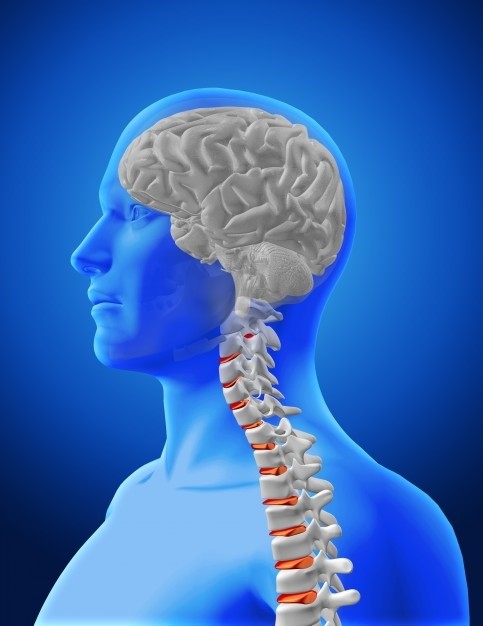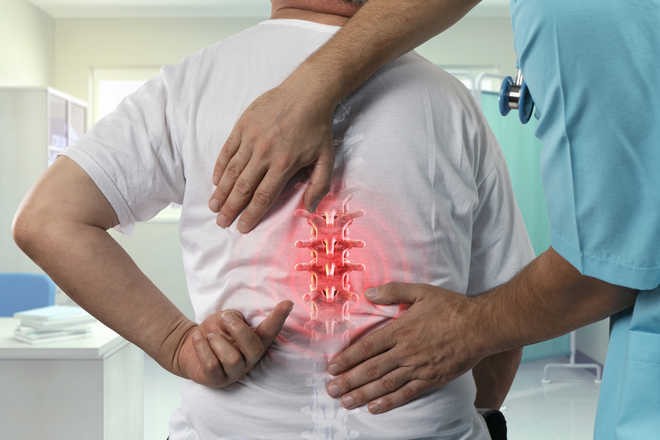Brain & Spinal Tuberculosis

Introduction
Tuberculosis (TB) is caused by Mycobacterium tuberculosis mostly attacks the lungs, but it can be a problem for other organs, such as the spine, kidneys, and the brain. Its symptoms and signs differ based on the organs that are affected. For example, Tuberculosis affecting the spine may cause back pain. Tuberculosis that affects kidneys can result in blood appearing present in the urine.
Sometimes the bacteria be transported to the meninges, they are the membranes around the spinal cord and the brain. Meninges with infections can lead to the life-threatening condition known as meningeal tuberculosis. Meningeal tuberculosis can also be referred to as tubercular meningitis or TB meningitis.
Brain & Spinal Tuberculosis
Tuberculous Meningitis often causes damage to the spinal cord and nerve roots. The first evidence of spinal cord involvement was discovered through post-mortem examinations. Subsequent advancements in neuroimaging like conventional lumbar myelography computed tomographic myelography, and gadolinium-enhanced magnetic resonance-myelography have contributed immensely.
The involvement of the spine can manifest in a variety of types, such as tuberculous myelitis as well as spinal tuberculoma, myelitis, syringomyelia, and vertebral tuberculosis, and even a rare spinal tuberculous abscess. Sometimes, tuberculous arachnoiditis of the spinal column occurs paradoxically. Sometimes, the involvement of the spinal cord can be absent.
The spinal nerve and the spinal cord involvement can be seen in the widespread enhancement of cord parenchyma meninges, nerve roots, and parenchyma using contrast-enhanced magnetic resonance. High cerebrospinal fluid protein levels are typically a risk factor in Arachnoiditis. The most significant diagnostic differential for tuberculous Arachnoiditis is Meningeal carcinomatosis.

Treatment for tuberculosis is the primary treatment option for tuberculous meningitis. Corticosteroids with higher doses are proved to be efficient. Surgery is recommended only when a pathological diagnosis is needed and there’s significant compression of the spinal cord. The outcome of the cases of these patients has been erratic. Certain reports have reported great recovery, while others had unfavorable results following surgical decompression or debridement.
Signs & Symptoms
The meningitis of TB usually starts with generalized, non-specific symptoms of pains and aches, with a low-grade fever. Generally, you feel uncomfortable, fatigued, unwell inability rest or eat well, and a gradual worsening of headache. The symptoms last for between two and eight weeks. For those who are older, the symptoms are less apparent, and often consist of fatigue and feeling unwell.
It’s only a few weeks later that more evident symptoms such as nausea, headaches that are severe as well as a dislike of light seizures and neck stiffness are noticed. If there is no medical intervention the condition will worsen leading to confusion, visible evidence of nerve damage, and, eventually, the condition of coma.

How it can be diagnosed?
Your doctor will carry out an exam of the body and inquire about your medical history and symptoms. Your doctor could order further tests if they suspect there are signs of TB meningitis. This could include the lumbar puncture, which is sometimes referred to as the spinal tap. The doctor will collect fluid from the spinal column, and send it to a lab to be analyzed to confirm the severity of your problem.
